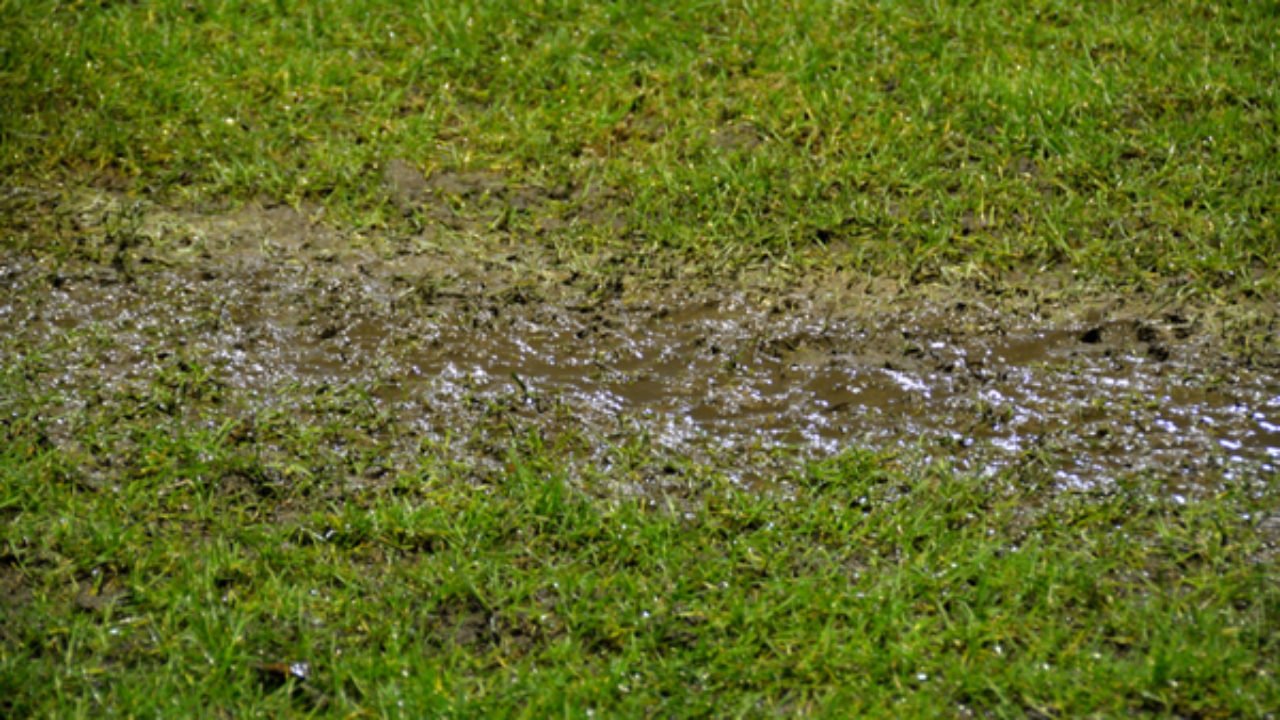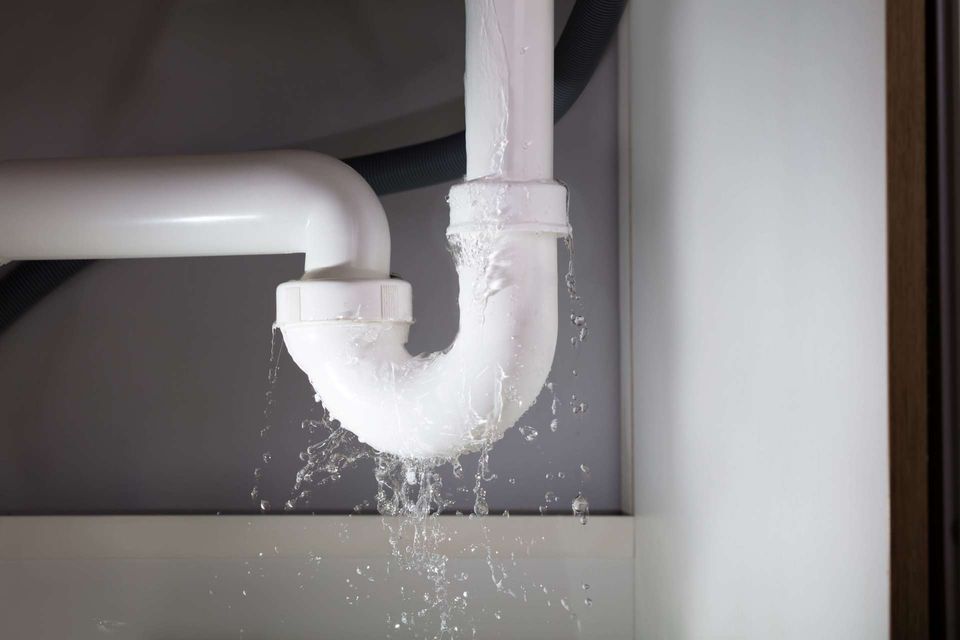6 Ways to Locate Surprise Water Leakages in Your Residence
6 Ways to Locate Surprise Water Leakages in Your Residence
Blog Article
Just how do you feel on the subject of Leaking water lines?

Early discovery of leaking water lines can reduce a prospective disaster. Some small water leakages may not be visible.
1. Take A Look At the Water Meter
Checking it is a proven means that aids you uncover leakages. If it moves, that suggests a fast-moving leak. This implies you may have a slow leak that could also be underground.
2. Inspect Water Intake
Assess your water expenses as well as track your water usage. As the one paying it, you must notice if there are any type of inconsistencies. If you find sudden changes, in spite of your intake being the same, it indicates that you have leaks in your plumbing system. Keep in mind, your water expense must drop under the very same array monthly. A sudden spike in your costs indicates a fast-moving leakage.
On the other hand, a constant boost every month, despite having the same habits, shows you have a slow-moving leak that's also slowly rising. Call a plumber to thoroughly inspect your residential property, specifically if you really feel a warm location on your floor with piping beneath.
3. Do a Food Coloring Examination
30% comes from toilets when it comes to water usage. Examination to see if they are running effectively. Decline specks of food color in the container and also wait 10 minutes. There's a leak in between the container and also bowl if the color in some way infiltrates your dish during that time without flushing.
4. Asses Exterior Lines
Don't neglect to check your exterior water lines also. Test faucets by attaching a yard hose. Must water permeate out of the link, you have a loose rubber gasket. Replace this and make certain all links are limited. It will assist obtain it expertly took a look at and kept each year if you have actually obtained a lawn sprinkler system. One little leak can lose lots of water as well as spike your water expense.
5. Inspect and also Assess the Circumstance
Homeowners should make it a habit to inspect under the sink counters and also inside cabinets for any type of bad odor or mold and mildew development. These two red flags suggest a leakage so punctual interest is needed. Doing regular examinations, even bi-annually, can conserve you from a significant issue.
A lot more notably, if you recognize your residence is already old, keep a watchful eye on your heating systems, pipes, pipes etc. Look for stainings as well as damaging as the majority of pipelines as well as devices have a life expectancy. They will additionally naturally deteriorate because of wear and tear. If you think dripping water lines in your plumbing system, don't wait for it to rise. Call a professional plumber right now so you don't wind up with a dreadful mess in your house.
Early detection of dripping water lines can reduce a prospective calamity. Some little water leaks might not be visible. Inspecting it is a guaranteed way that assists you find leakages. One small leakage can throw away loads of water and increase your water costs.
If you suspect leaking water lines in your plumbing system, don't wait for it to intensify.
How to Know If Your Home Has a Hidden Leak
Water Meter Reveals Inexplicable Water Usage
If you’d like to test whether or not there’s a leak somewhere in your home, you can do this using your water meter. Here is how to conduct the test:
Don’t use any water in your home for at least 30 minutes; this also means not turning on faucets or water-using appliances.
Go outside, and check your water meter for activity.
If your water meter shows that there was activity, even though no one was using any water, this proves that there is a leak in your home.Visible Mold or Mildew Growth
Leaks behind walls create moist, dark environments that allow mold and mildew to grow and thrive. Eventually, you might see mold growth forming on the wall closest to a hidden leak.
If mold is growing in an area that receives a high amount of moisture, such as a bathroom, it may simply be an indication that better ventilation is needed. However, if you see mold growth on a wall or the ceiling in an area where you would not expect, you probably have a hidden leak.
Musty, Mildew Odor
Sometimes you might not be able to see the mold or mildew that is growing as a result of a leak. However, the smell can give the problem away just as easily. If you catch a whiff of something musty, there’s a good chance that old water is collecting somewhere in your home that you can’t see.
Stained/Warped Walls, Ceilings, or Floors
When your home soaks up water, a variety of red flags can become visible, including ceiling stains, bubbling drywall, warped walls, and sagging floors. While these issues can be caused by excess humidity, they can also be signs that a pipe or plumbing connection has started leaking behind your walls.
Inexplicably High Water Bill
After a while, you get a general sense for what your water bill should be. If you own a pool or sprinkler system, your bill will tend to be higher during summer. However, if you receive a water bill that seems especially high, and you can’t figure out what caused it, then you may have a hidden leak somewhere that’s increasing your bill.
https://www.plumbingjoint.com/blog/2019/july/how-to-know-if-your-home-has-a-hidden-leak/

I ran across that article on Detecting hidden plumbing leaks while surfing around the internet. Enjoyed reading our posting? Please share it. Help somebody else find it. I cherish reading our article about Detecting hidden plumbing leaks.
Report this page